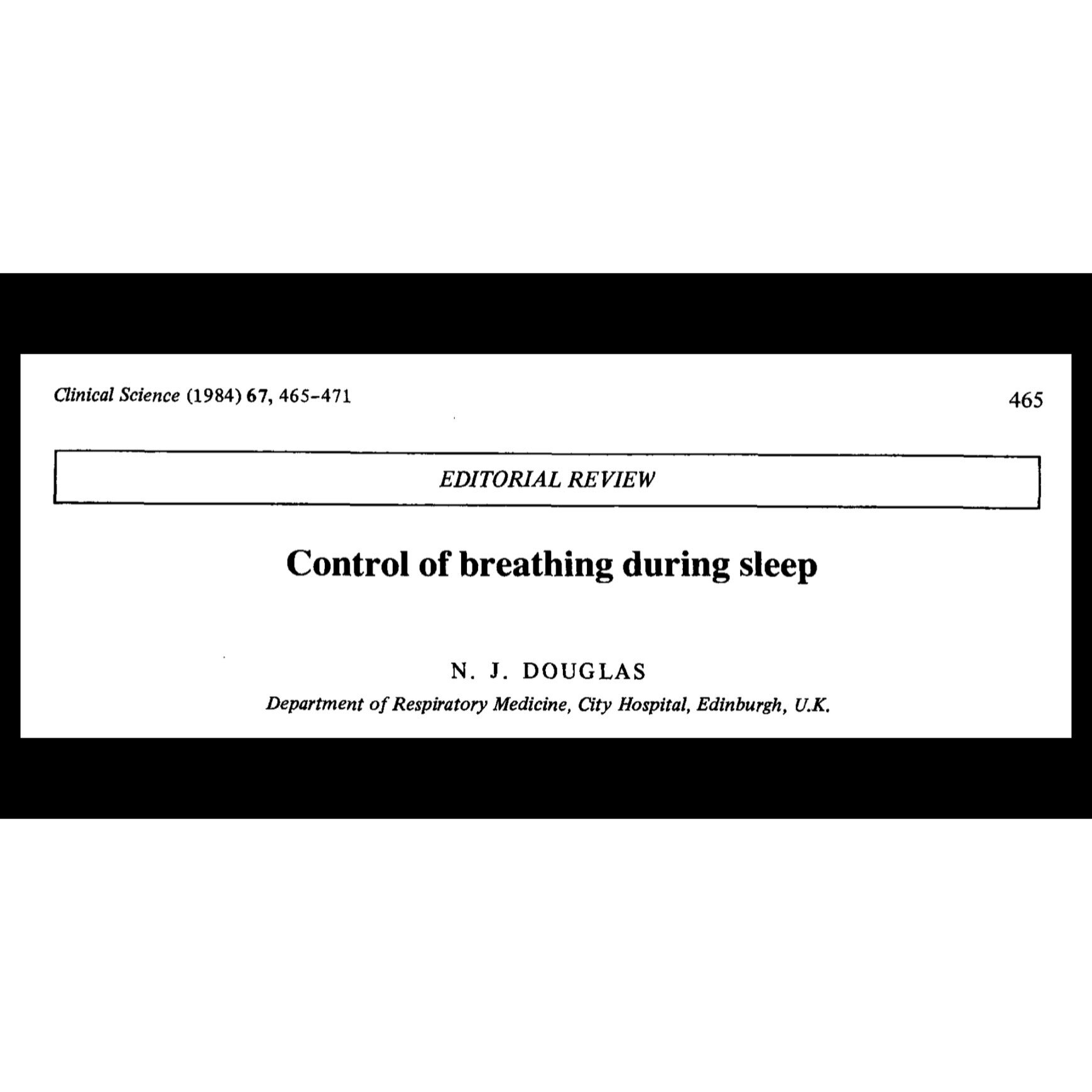Key Points
Breathing volume is reduced by as much as 16% during sleep
Breathing rate is variable during sleep, especially in REM
Hypoxic and hypercapnic responses are reduced by as much as 66% during sleep
The Breathing Diabetic Summary
We spend approximately 1/3 of our life sleeping. And although sleep science is still relatively new, it’s undeniable that sleep is a key component of achieving optimal health. Which begs the question, if sleep is so restorative, what is happening to our breath during this time?
Published in 1984, this review study found that breathing is significantly reduced during all stages of sleep. This reduction can be as great as 16%.
Somewhat surprisingly, our breathing rate is extremely variable during sleep. I expected that our breathing would become rhythmic and deep. However, research shows that the opposite is true. We breathe shallower and our breathing rate remains the same, or even increases slightly.
Additionally, it differs for different stages of sleep. During non rapid eye movement sleep (non-REM), our breathing volume reduces and we sometimes achieve a steady rhythm. In REM sleep, however, our breathing volume reduces even more, but our rate becomes more sporadic.
We also experience relative hypoxia (low O2) and hypercapnia (high CO2). In fact, our tolerance to CO2 increases dramatically. One study suggested that during non-REM, CO2 tolerance increases by ~33%. During REM sleep, it increases by about 66%. That’s fairly remarkable.
So, to summarize, here is what happens to breathing during sleep:
Breathing volume reduces
Breathing rate is variable
Hypoxic and hypercapnic responses are reduced
The processes occurring during sleep clearly serve a purpose in restoring health. If we interrupt these processes, we will not harness the full power of sleeping.
Therefore, if you are breathing with an open mouth during sleep, you are probably breathing too much and not supporting restorative sleep.Luckily, it’s an easy fix.Simply taping your mouth at night is the first step toward achieving optimal breathing volumes during sleep.
Journal Reference:
Douglas NJ. Control of Breathing during Sleep. Clin Sci (Lond). 1984;67(5):465-471.

